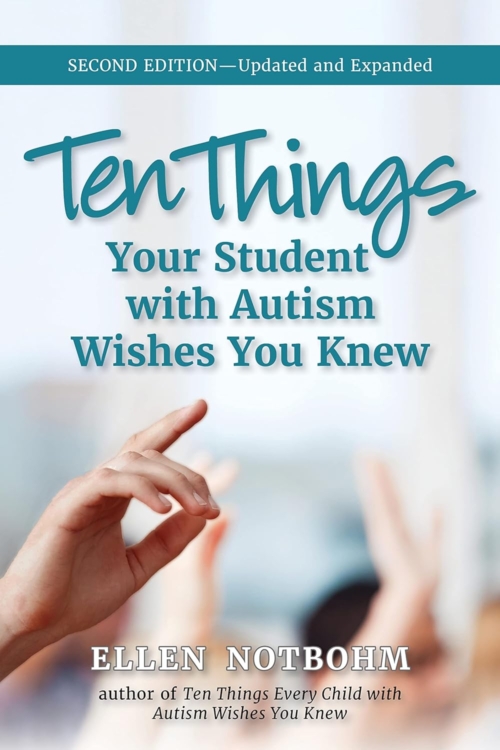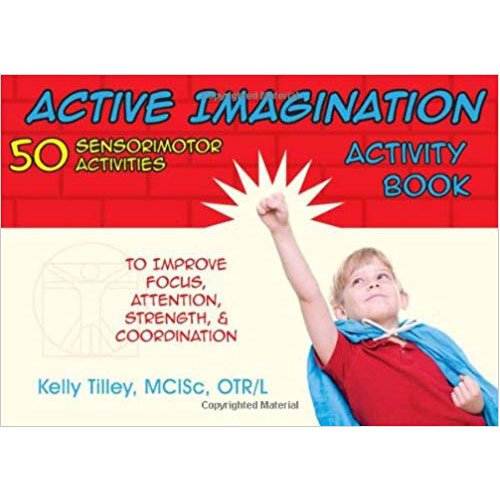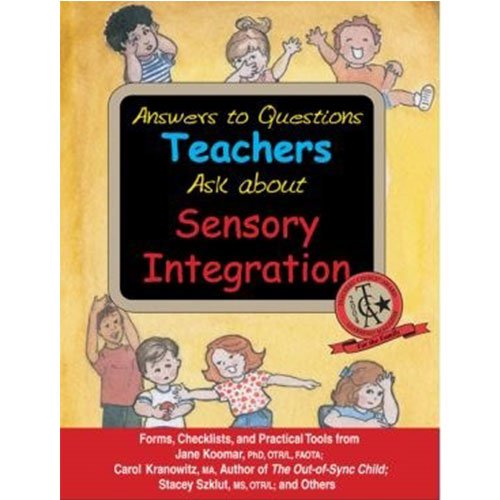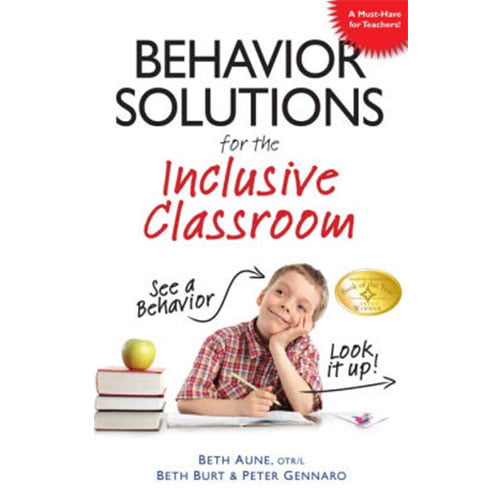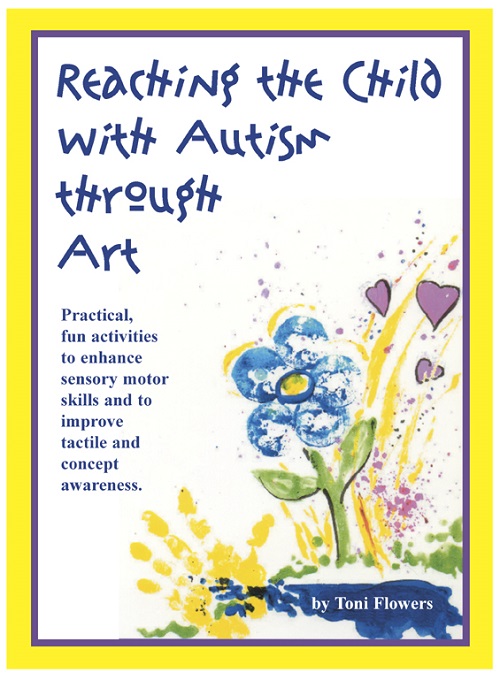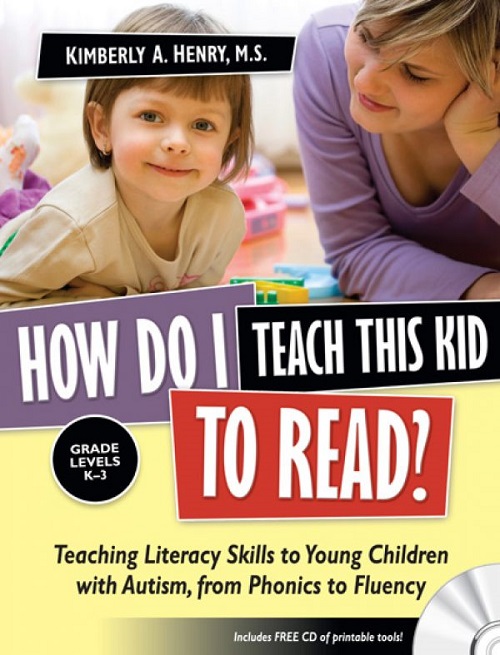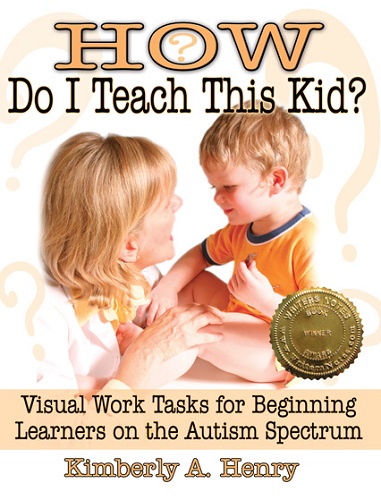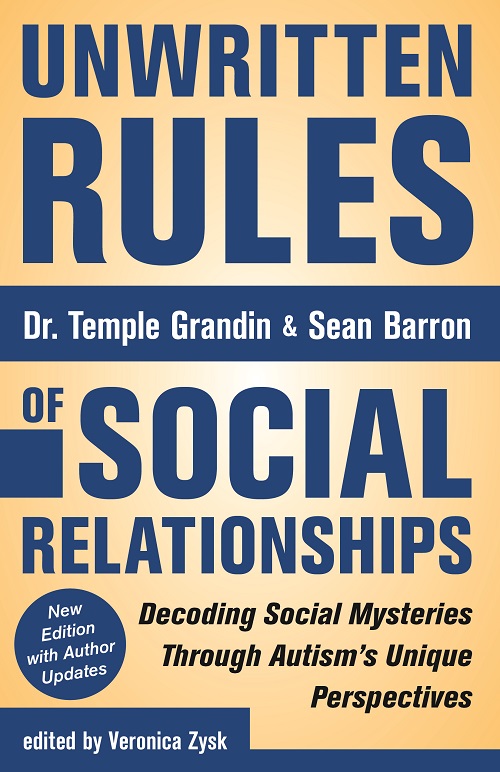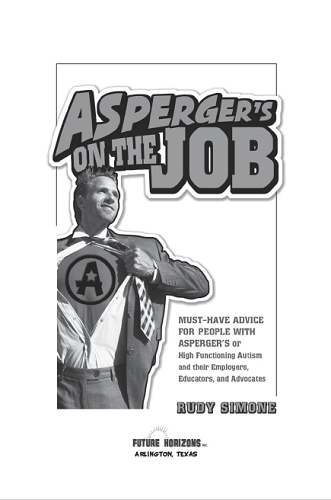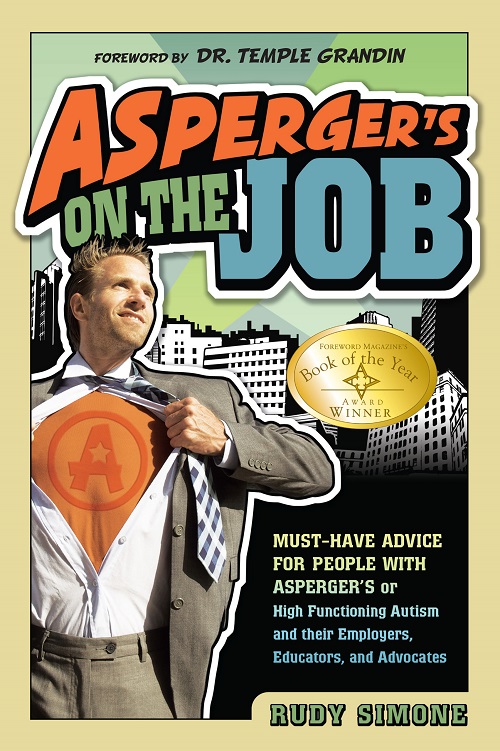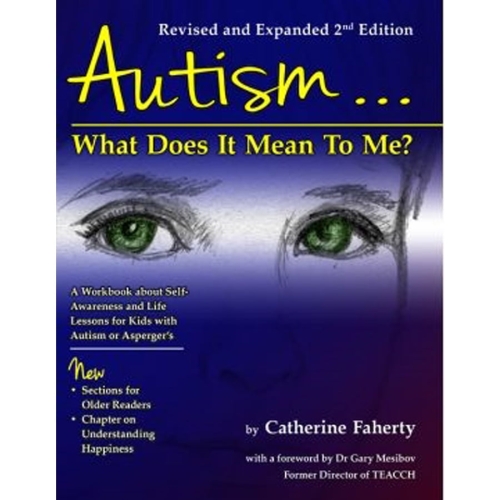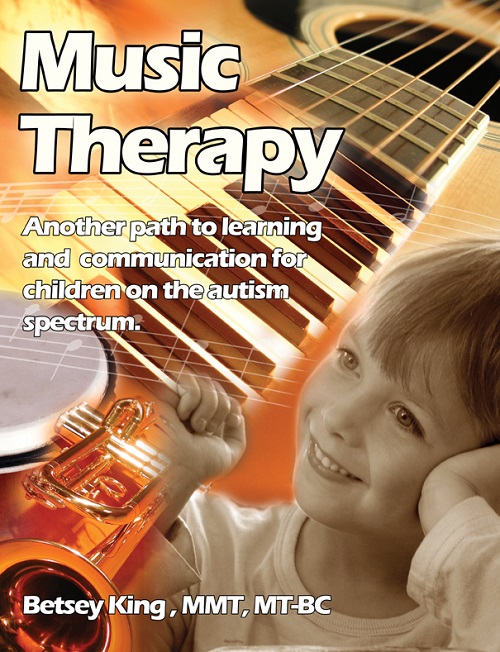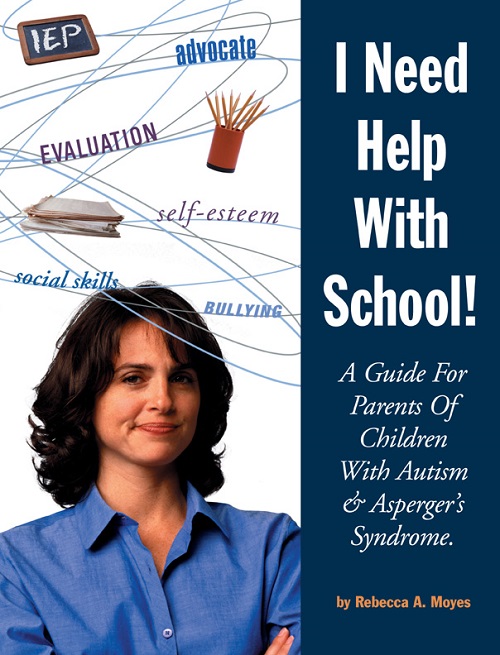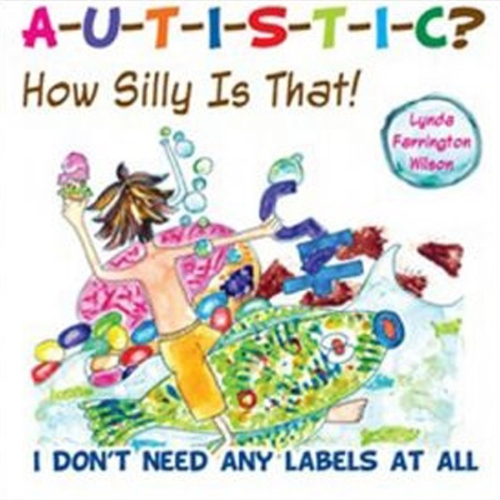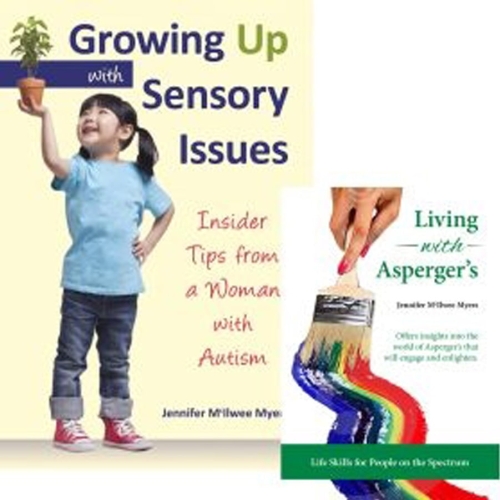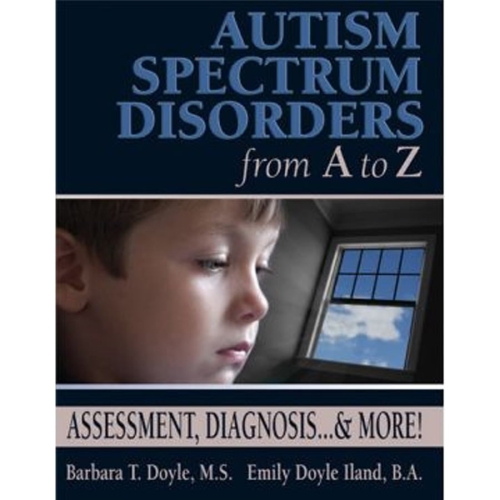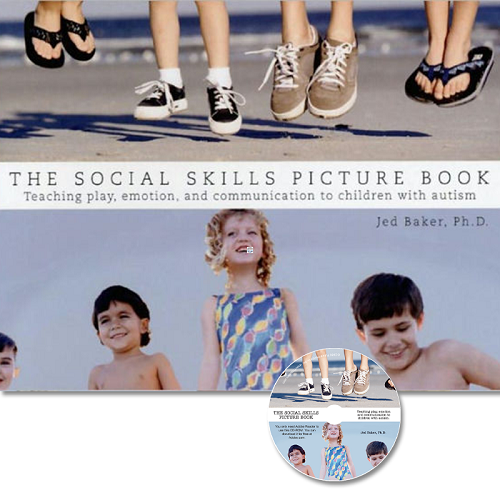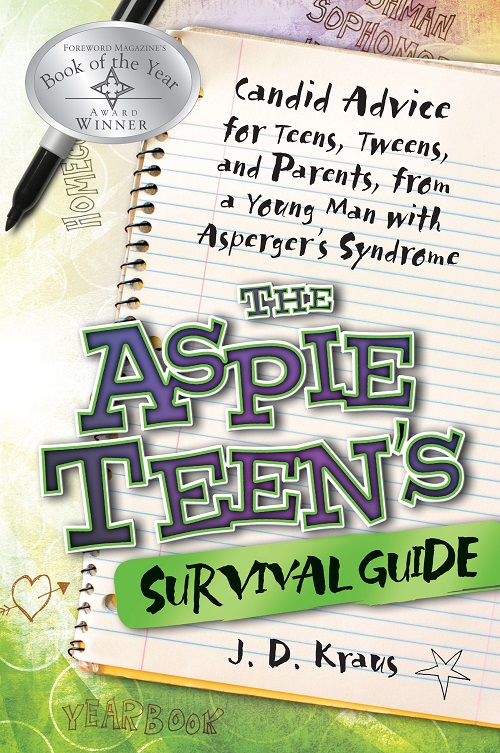-
Sale!
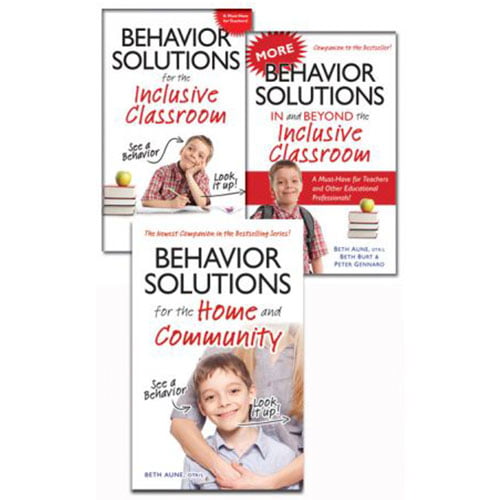 Behavioral solutions
Behavioral solutions -
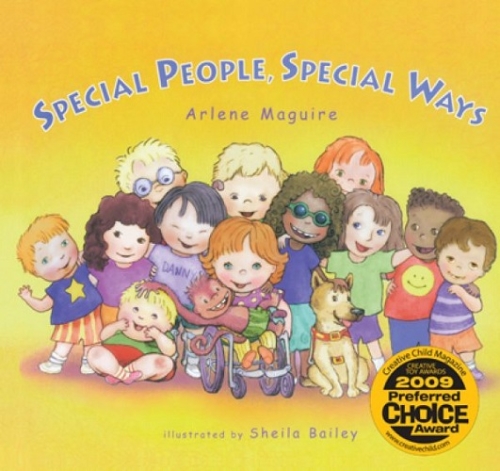 Arlene Maguire’s delightful rhymes combine with Sheila Bailey’s rich watercolor illustrations to take the reader on a journey of discovery. Each page portrays positive images of children with various disabilities. Winner of an iParenting Media Award and 2009 Preferred Choice Award by Creative Child Magazine, this book illustrates that beyond our physical limitations is a world of unique gifts for each of us to share.
Arlene Maguire’s delightful rhymes combine with Sheila Bailey’s rich watercolor illustrations to take the reader on a journey of discovery. Each page portrays positive images of children with various disabilities. Winner of an iParenting Media Award and 2009 Preferred Choice Award by Creative Child Magazine, this book illustrates that beyond our physical limitations is a world of unique gifts for each of us to share. -
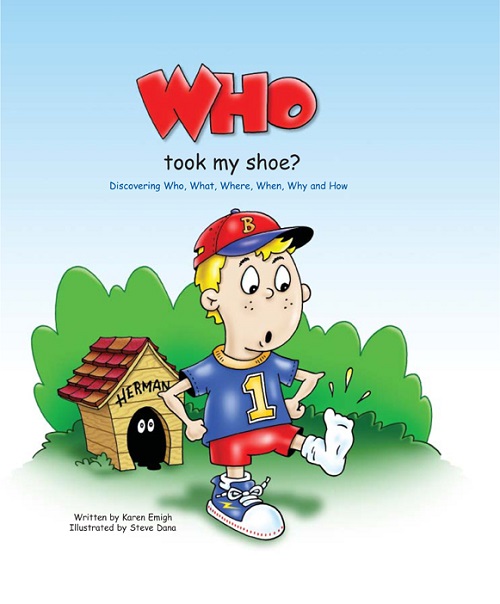 Brett and his dog Herman embark on a search for Brett’s mysteriously missing shoe. They playfully and methodically ask questions, such as Who took it? What happened to it? How can I find my shoe? The answers are pretty hilarious, until Brett finally asks the right one, and discovers his shoe in a most unlikely place! Although written to teach the concepts of who, what, where, why, when and how questions for children on the autism spectrum, Who Took My Shoe? will teach, entertain, and delight all youngsters.
Brett and his dog Herman embark on a search for Brett’s mysteriously missing shoe. They playfully and methodically ask questions, such as Who took it? What happened to it? How can I find my shoe? The answers are pretty hilarious, until Brett finally asks the right one, and discovers his shoe in a most unlikely place! Although written to teach the concepts of who, what, where, why, when and how questions for children on the autism spectrum, Who Took My Shoe? will teach, entertain, and delight all youngsters. -
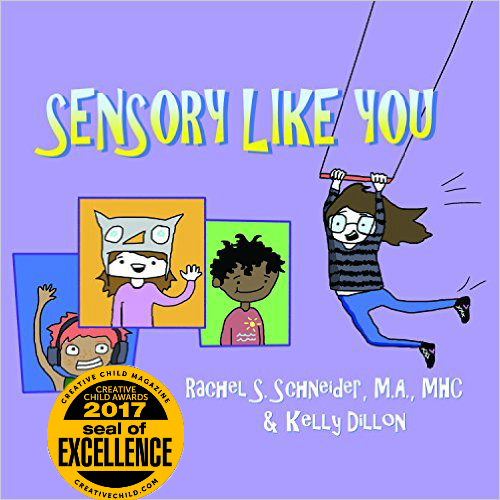 In this illustrated book for children ages six through nine, and based on the article, How One Adult With SPD Wants to Explain this Condition to Your Sensory Child , SPD adult advocates Rachel and Kelly will lead kids and their parents through the basic ins-and-outs of what it means to have Sensory Processing Disorders(SPD).
In this illustrated book for children ages six through nine, and based on the article, How One Adult With SPD Wants to Explain this Condition to Your Sensory Child , SPD adult advocates Rachel and Kelly will lead kids and their parents through the basic ins-and-outs of what it means to have Sensory Processing Disorders(SPD). -
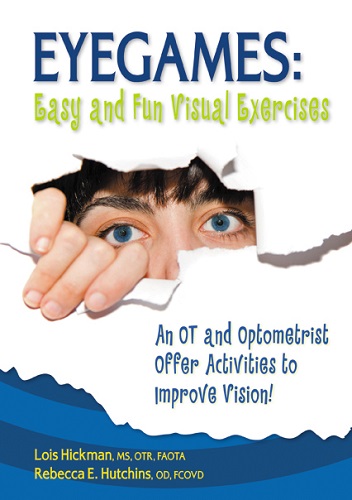 Developing healthy visual-motor abilities is more difficult in the complex stimulus of today’s world than ever before, especially for those with Autism Spectrum Disorder. Our visual experiences can be overwhelmed by the vast complexity of artificial colors and sounds which did not exist in our ancestors’ lives. Much more time is spent indoors, exposed to a myriad of unnatural colors, movement, and imagery.
Developing healthy visual-motor abilities is more difficult in the complex stimulus of today’s world than ever before, especially for those with Autism Spectrum Disorder. Our visual experiences can be overwhelmed by the vast complexity of artificial colors and sounds which did not exist in our ancestors’ lives. Much more time is spent indoors, exposed to a myriad of unnatural colors, movement, and imagery. -
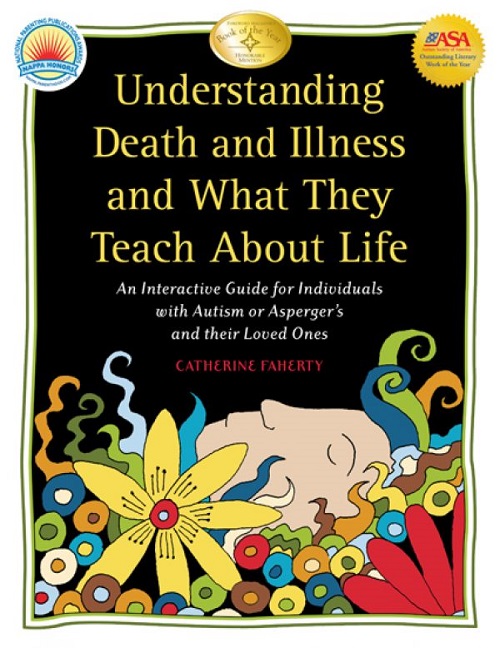 Death and illness affect every person. Witnessing the dying and death of a person or pet can leave you with many questions. In this book, author Catherine Faherty answers those questions in an autism-friendly, clear and precise way, geared for children, teens, and adults with autism. But this book is not just about death. It also demonstrates the interconnectedness of living and dying and offers simple, positive guidelines for living. Communication Forms to make it easier for the readers and their families, friends, teachers, therapists, or others to identify and respond to the unique needs of the reader.
Death and illness affect every person. Witnessing the dying and death of a person or pet can leave you with many questions. In this book, author Catherine Faherty answers those questions in an autism-friendly, clear and precise way, geared for children, teens, and adults with autism. But this book is not just about death. It also demonstrates the interconnectedness of living and dying and offers simple, positive guidelines for living. Communication Forms to make it easier for the readers and their families, friends, teachers, therapists, or others to identify and respond to the unique needs of the reader. -
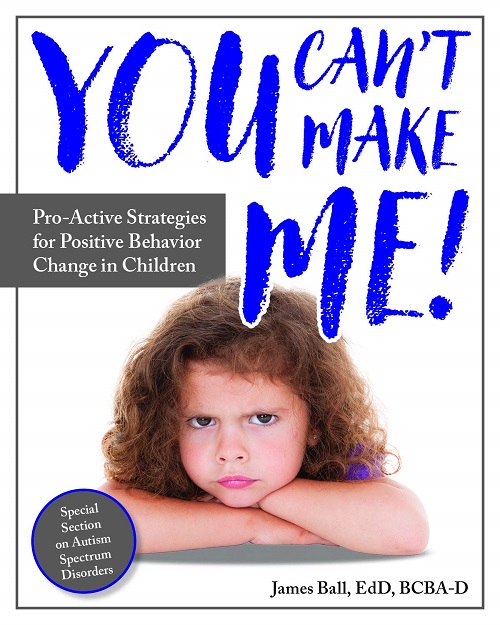 Behavior isn’t an isolated event. All behavior is communication, and when it comes to figuring out what your child is trying to say, Dr. Jim Ball has the answers. This book walks the reader through a variety of scenarios that will explore why a child may engage in a specific behavior, and help you build your “behavior-investigator” skills to develop a behavior plan that works.
Behavior isn’t an isolated event. All behavior is communication, and when it comes to figuring out what your child is trying to say, Dr. Jim Ball has the answers. This book walks the reader through a variety of scenarios that will explore why a child may engage in a specific behavior, and help you build your “behavior-investigator” skills to develop a behavior plan that works.

